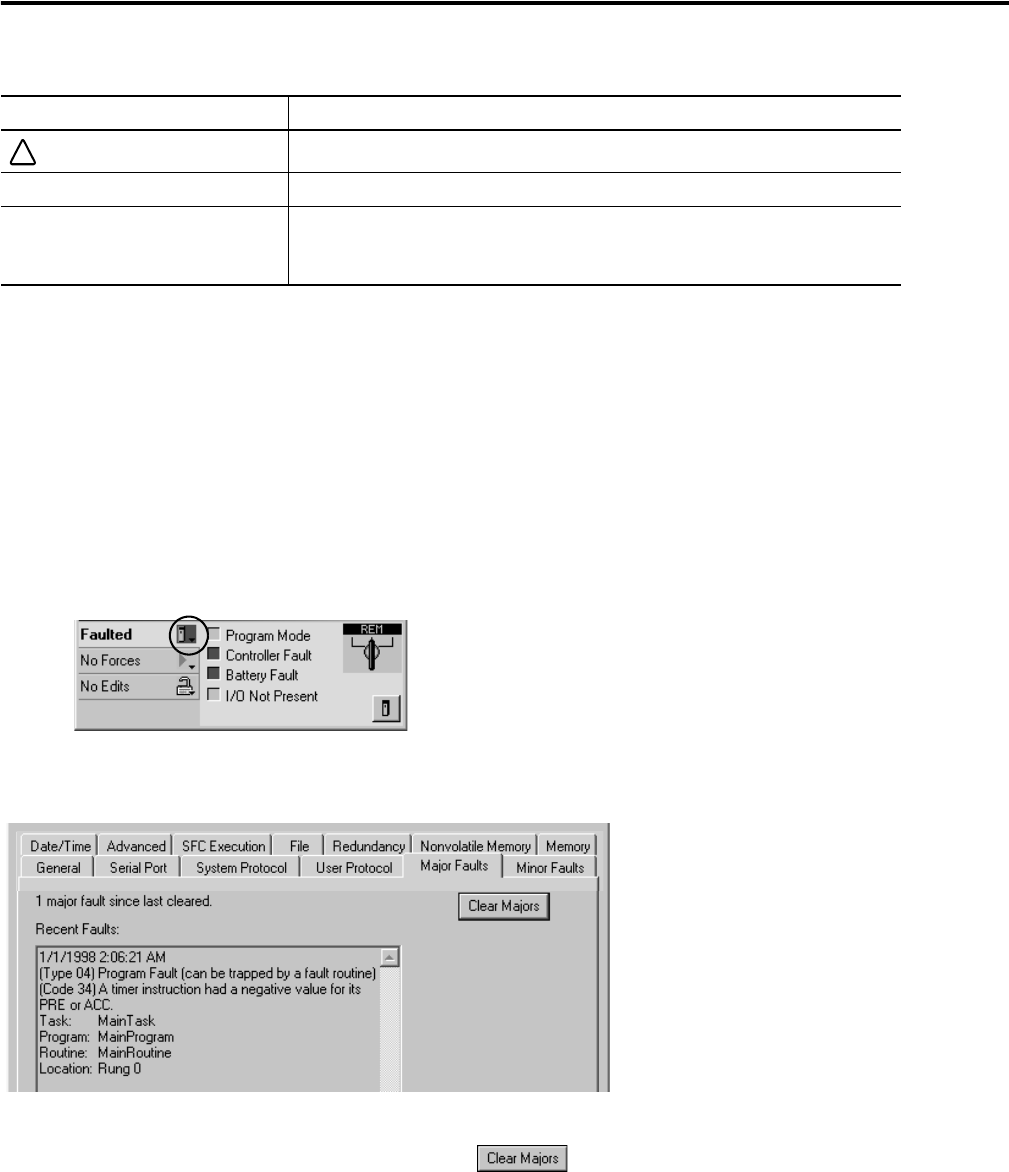Quick Start Owner's manual
Table Of Contents
- 1756-QS001E-EN-P, Logix5000 Controllers Quick Start
- Summary of Changes
- Table of Contents
- 1 - Program and Test a Simple Project
- What You Need
- Before You Begin
- Follow These Steps
- Create a Project for the Controller
- Add Your I/O Modules
- Look at Your I/O Data
- Ladder Logic
- Enter a Function Block Diagram
- Assign Alias Tags for Your Devices
- Establish a Serial Connection to the Controller
- Download a Project to the Controller
- Select the Operating Mode of the Controller
- 2 - Organize a Project
- 3 - Program Add-On Instructions
- What You Need
- Follow These Steps
- Insert an Add-On Instruction
- Copy an Add-On Instruction Definition
- Import an Add-On Instruction Definition
- Access a Parameter That Is Not Visible
- Monitor or Change the Value of a Parameter of an Add-On Instruction
- View the Logic of an Add-On Instruction
- Edit and Monitor an Add-On Instruction
- Update an Add-On Instruction to a Newer Revision
- 4 - Program an Equipment Phase
- 5 - Program a Project Offline
- 6 - Document a Project
- 7 - Go Online to the Controller
- 8 - Program a Project Online
- 9 - Troubleshoot the Controller
- Index
- Back Cover

Publication 1756-QS001E-EN-P - October 2009 127
Troubleshoot the Controller Chapter 7
Clear a Major Fault
If your entire process unexpectedly shuts down, the controller may have experienced a major fault. A major
fault is a condition severe enough for the controller to shut down.
1. Go online with the controller.
2. Choose Go To Faults.
3. Use this information to correct the cause of the fault.
4. After you correct the cause of the fault, click .
Indicator Description
Shows that the controller is not communicating with the module.
Module fault Communication with a module has failed.
Connection Communication link between 2 devices, such as between a controller and I/O
module, PanelView terminal, or another controller. Logix5000 controllers use
connections to communicate with the modules in its I/O configuration.
!










